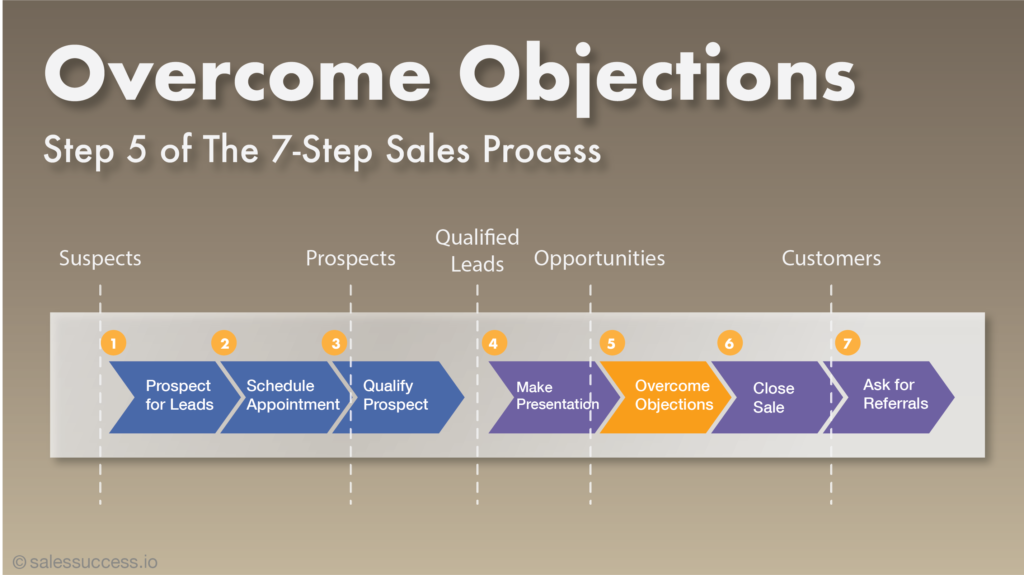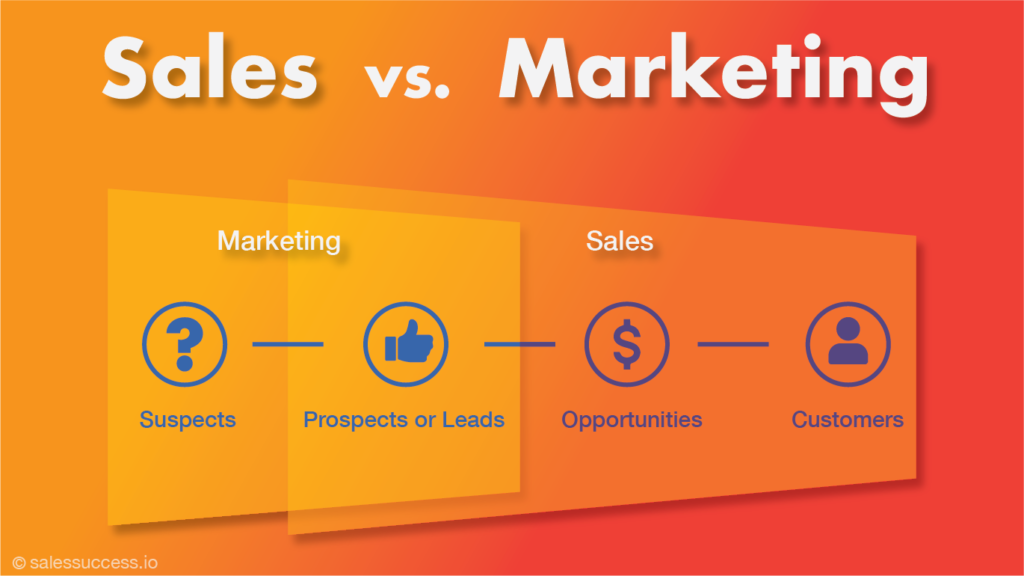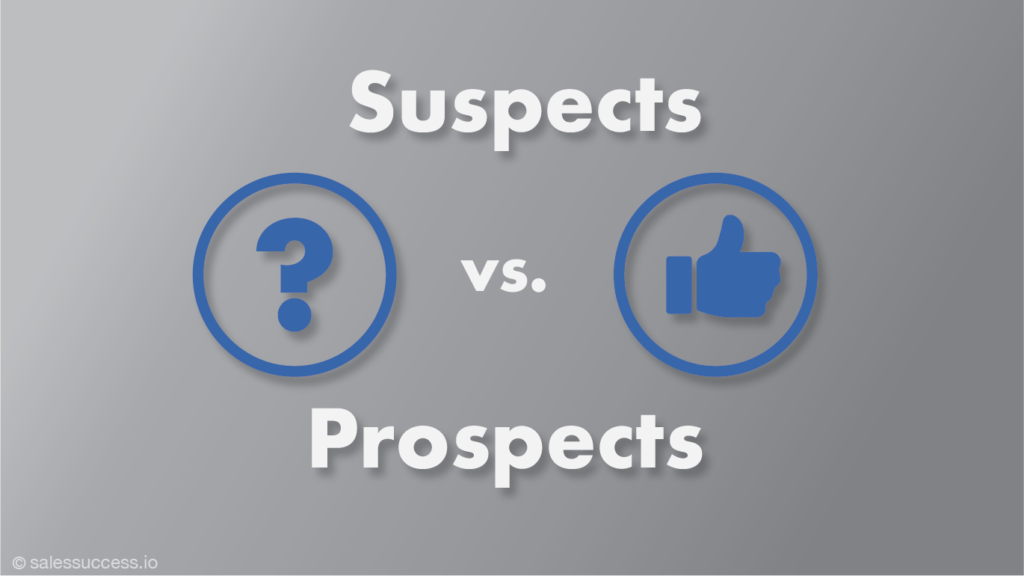- BDR vs. SR: Understanding the Sales Roles and Division of Labor
- Handling Objections: A Guide to Overcoming Customer Concerns
- Making Presentation: Tips for a Compelling and Engaging Delivery
- Qualifying Prospect: The Key to Sales Success
- Setting Appointment: Strategies and Tips for Successful Sales Calls
- Closing Sales: 44 Techniques and the Steps for a Successful Close
- Prospecting for Leads: Finding Your Next Customers
- Sales Process or Cycle: The 7 Steps to Sales Success
![]()
Introduction
In an earlier post, we have described the sales process or cycle.
In a series of follow on posts, we delved into the first 4 steps of the process, namely, prospecting for leads, setting appointments, qualifying prospects, and making presentations.
In simple terms, here is what we covered on the end-to-end sales process thus far. You looked for leads, you approached them, you asked them questions, and then you presented your product to them.
You did everything from your side. The logical next thing would be for you to expect an order confirmation or a PO from the customer.
But they are not going to do just that. That would make sales too easy.
It is now the prospect’s turn to ask questions. In fact, they will raise objections. You have to answer the queries and handle the objections successfully in order to earn the PO.
Objections are concerns or hesitations about your product. Psychologically, they will register as a “no” and the “end of the road” in your mind. They will likely bother and discourage you.
It takes experience to get used to them and a determination to master the techniques or methods of handling objections. The good news is that they are not an absolute “no” and you can still close deals in the face of objections.
Handling objections in sales
In this post, we tell you all that you need to know about objections in sales and how to overcome them effectively. We will focus on 8 key objections that you are likely to face.
Not the End but a Continuation of the Sales Process
You do not want to avoid objections but rather embrace them as a fact of sales life. There is no sale where the prospect does not pose at least one objection.
This is the case even when you are selling to a known or existing customer.
In fact, without objections, you would not know what a prospect is thinking, what their concerns are, or what obstacles exist in the way of closing the sale.
Objections help you better understand your prospect’s wants and needs. They are an extension of the selling process.
In each of the 4 steps of the sales process we covered thus far, your focus is on understanding your prospect’s needs and building a relationship based on trust.
It is no different for this step. Learn more, find a common ground, and position your product as the solution that is best for your prospect.
Objections Actually Indicate Interest
Resistance is actually an indicator of commitment. When a prospect is asking questions, it is a sign they are interested in your product. In all likelihood, they already know whether or not they need or want it.
They are objecting not necessarily because your presentation failed to communicate the features, advantages, and benefits of your product.
Rather they are objecting so as to be able to make an informed decision. They are looking for an incentive that justifies immediate action.
Do not be intimidated or dissuaded by objections to continuing the selling process. Rather, consider them as opportunities to learn more about your prospect’s needs.
By embracing objections and handling them effectively, you will gain the prospect’s trust and confidence. In the final analysis, both you and the prospect win.

Read the book here.
How to handle objections in sales?
How you handle objections make or break deals for you. You do not want to regret that you have lost a deal because of all things you failed to impress the prospect in how you handled their objections.
Here is a simple and logical process to follow for overcoming them. The key would be to stick to it every time and trust it to work its magic.
Listen. Understand. Respond. Confirm.
Listen
First, listen to the prospect patiently when they are stating an objection. Do not cut them off or interrupt their train of thought, react quickly, or worse yet react negatively.
It is important that you convey to the prospect that you are listening to them intently. Also, only by listening intently, you will understand their issue or concern fully and be able to craft a compelling response.
Understand
Oftentimes, what the prospect utters first does not reveal the full extent of their concern. Rather than respond to it, you should skillfully probe with follow on questions and get to the root of the matter.
The way you do this is by asking their permission first to better understand the concern.
Next, your questions should be incisive and dissecting in nature, and encourage them to talk more and reveal more to you.
Closeout your line of questioning with the below question to make sure you do not miss out any angle in understanding the objection.
“Is there anything else you would like to share or I should know?”
Respond
If you have executed your lead qualification and discovery call (step 3 of the sales process) properly, you should be confident of the product vs. need fit.
If you did your sales presentation (step 4 of the sales process) well, with a tailored product demo, case studies, and social proofs, then the fit should be evident to your prospect as well.
Where product vs. need fit is clear to both parties, the objections are only a case of providing further clarity and sharing more details. They should be easy for you to address.
Here is the cardinal rule of handling objections. Be absolutely sure of your replies. If you are not sure, do not hesitate to tell your prospect,
“Let me get back to you on that.”
Then do your homework in gathering all the facts and information needed to respond properly to the objection. Just do not rush and falter.
Confirm
You cannot hope that objections go away simply because you think you have addressed them. See it as your responsibility to address them fully to your prospect’s satisfaction. Else, you risk losing deals.
Confirm with your prospect that you have addressed their concerns, they are satisfied with your responses or resolutions, and they are not expecting more from you.
In sum, the key to overcoming objections in sales is seeing that the objection the prospect is raising is never the real problem.
Be calm, lower resistance, ask clarification questions, and determine the real problem. Once you do that, you can help the prospect understand why your product is the best one to help them.
Also, recognize that objection handling is a process. That is, it could take some back and forth iterations and time to fully overcome an objection.
Anticipation and Preparation
The best way to handle objections is to consider them before they occur and be prepared for them. Anticipating objections helps you to be responsive rather than reactive.
Make a list of every objection before you even make your presentation and weave in your response in the presentation.
The 8 Key Objections During and After Presentation
Here are the main objections you are likely to encounter at this stage of the sales process and how you can handle them.
For each type of objection, we provide examples to help you understand the nature of the objection. The intent, however, is not to break down each example and tell you how to specifically handle it.
Our intent is to highlight the root cause(s) of each type of objection and provide general guidance on how you should handle and overcome them.
3. Complacency or change objection
8. Timing, urgency, or stall objection
Product Objection
“We do not believe this will work for us.”
“We want different features.”
“Your product does not work with our current tools or set-up.”
“We do not have the ability to implement this solution.”
Also known as quality of service objections, these are objections that relate to your product or service performance.
Product objections are usually rooted in prospects not understanding all the functionality of the product due to a lack of familiarity.
This is especially true of complex purchases. You should get the prospect engaged in deep-dive product demonstrations and do so with as many stakeholders as needed.
Handling product objections is not just about core product features. Leverage all ancillary information such as warranties, customer testimonials, industry research, etc.
In many situations, the product vs. need fit is not 100% and you can sell as long the prospect does not feel it’s a risk for them.
In such cases, you should be clear about and prepared to address the weak-fit areas should the prospect raise objections.
Competition Objection
“We are going with competitor X instead.”
“Your product is great but we are going with industry-standard Y.”
“You are all the same. What makes you different?”
“We are locked into a contract with competitor X.”
“We had a bad experience with a similar product.”
“This is not as good as competitor X’s product.”
“I am not sure your product stacks up to competitor X.”
These are objections where the prospect is leaning towards a competitor.
Overcoming competition objections comes down to these three ways:
1. Is there a weakness in competitor product-to-need fit? Are there features or functionality gaps in the competitor’s product that you could highlight?
2. Is there an example of an actual customer who had a negative experience in going with the competitor or who switched away from the competitor to your product?
3. Are there case studies or testimonials you can share to build confidence? Better yet, is there a reference the prospect can talk to?
You may need to bring in a sales engineer or product specialist who knows the competitor products in depth to overcome competitor objections.
Where the prospect does not seem convinced with your responses to their objections, ask them the question directly,
“What will it take for us to win your business over the competitor?”
Where the competition is strong, all things equal, it will come down to price competition, and you will need to revise and resubmit a better offer.
Complacency or Change Objection
“We are happy the way things are.”
“We have been doing things this way for so many years. Too much can go wrong.”
“We are already satisfied.”
The status quo, manifested as complacency or fear of change, is your biggest competitor.
If you conducted your discovery (step 3 of the sales process) thoroughly and established a shared vision and the change from the As-Is to To-Be state, these objections should not arise at this stage of the sales process.
In fact, you should anticipate and address them effectively in your discovery and sales presentation (step 4 of the sales process.)
If indeed they are raised during or post your presentation, then you will need to go over and describe the problem or opportunity in depth.
Where possible, offer examples or case studies of their competitors (in their industry) who have undergone the change to help the prospect overcome complacency or fear of change.
Price Objection
“Your price is too high or expensive.”
“We can find a cheaper alternative.”
“The ROI potential isn’t clear.”
“We don’t want to take that kind of risk.”
Price objections are undoubtedly the most common objection you will encounter.
The answer does not lie in cutting price. It lies in establishing and demonstrating value and the return on investment (ROI) to the prospect. In fact, this should be the core of your sales presentation.
Know that people buy a product when they see value in it. They are willing to pay a price that is commensurate with the value they assign to it.
Offering price discounts could unnecessarily raise questions about the value of your product.
Money or Budget Objection
“We do not have enough budget.”
“We do not have any budget left this year.”
“We have already spent our budget.”
“We need to use that budget somewhere else.”
“We have no money.”
These are objections related to the price objection and reflect the prospect’s financial ability to buy the product.
If you qualified the prospect properly (step 3 of the sales process), then you would not be getting this objection for real. That is, it would actually be price-related.
Know that when prospects cannot see the value for the price, they object by saying either the price is too high or they cannot afford it.
If it really is a financial issue, consider offering a payment plan to make it easier for the prospect. The smaller installments often make the budget manageable.
Source or Trust Objection
“Your company hasn’t been around for long. Will it be there in 3 years to support the warranty?”
“We have had a bad experience with your company before.”
“Your company is much smaller than competitor X.”
“Your competitor X told us [a false statement] about your product or company.”
“We have not heard of your company before.”
“We do not think we would make this purchase from you.”
“We have heard complaints about you from [company].”
“We only work with people we know.”
These are objections where the customer is concerned with your or your company’s credibility. They range from the skepticism of how long your company has been in business to its reputation.
Ultimately, they indicate that you have not established a good relationship with the prospect.
Complete transparency and forthcoming with information about yourself and your company is the way here. Provide customer testimonials, case studies, and references to mitigate the perceived risks and build confidence in you and your organization.
Need Objection
“We do not need this solution.”
“X problem is not important right now.”
“You do not understand my challenges. I need help with Y, not X.”
“You do not understand our business.”
These are objections where the prospect doesn’t realize the impact and value of your product.
These objections occur because you do not demonstrate an understanding of their business and their needs. What you are offering became a “nice to address” problem rather than a “need to address” problem.
The way to handle these objections is to go over their need and make the business case for change with your product a compelling one.
Timing, Urgency, or Stall Objection
“This is not a priority”
“This is not a good time.”
“Your product sounds great but we are swamped right now to handle [implementation, roll-out].”
“There is too much going on right now.”
“I will think about it.”
“We will buy soon.”
Some of these objections occur because you do not create the urgency to solve their issues. What you are offering is seen as a “nice to address” problem rather than a “need to address” problem.
The closer the sale is to closing, the more pressure prospects feel. They may stall the decision if there is any remaining concern or no sense of urgency.
To handle such objections, you will need to get clarity on why they do not have the urgency and what they are going to do while they keep dealing with the problem.
If lack of time is the issue now, chances are it will be so after a quarter or year also. To overcome this objection, you need to make the decision to adopt your product an easy one.
Find out what is keeping the prospect so busy. If the prospect doesn’t have time to make decisions, you may have identified a need. Demonstrate how your product can free up more time for them.
Finally, if this is simply a case of disinterest, schedule a call for a quarter from that day.
Conclusion
In conclusion, objections are a natural part of the sales process, and successful salespeople understand how to handle them effectively.
By listening actively, empathizing with the prospect, and addressing their concerns with confidence and honesty, sales reps can turn objections into opportunities and close more deals.
Remember to stay positive and persistent, and always be willing to adapt and improve your approach. With these strategies in mind, you can overcome objections and achieve greater success in your sales career.
Subscribe to our Blog



